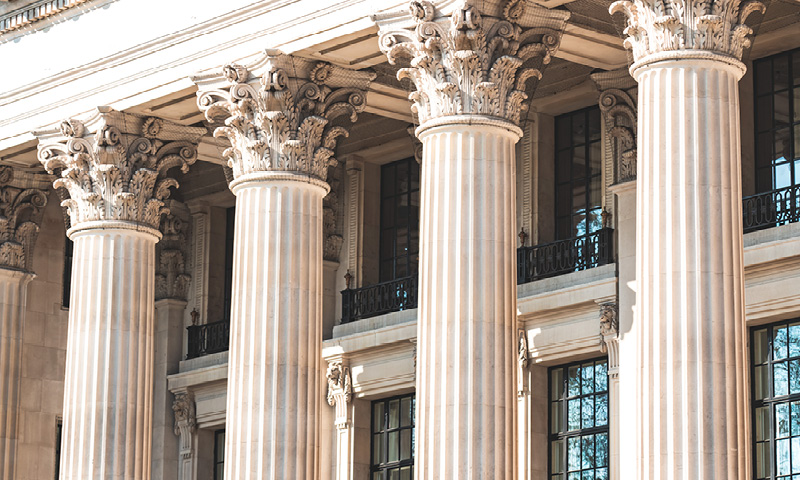18 February 2025
Following a Freedom of Information request from RSM UK, HMRC has confirmed the amounts of interest that has been paid by individuals, trusts and estates in respect of late payments of tax in the 2021, 2022, 2023 and 2024 calendar years.
As can be seen from the table below, the total amount of late payment interest has more than tripled from £131.9m in 2021 to £409.5m in 2024, representing a 210% increase.
| Individual (£ million) | Total (£ million) | |
| January 2021 - December 2021 | 123.7 | 131.9 |
| January 2022 - December 2022 | 195.8 | 200.6 |
| January 2023 - December 2023 | 323.0 | 328.0 |
| January 2024 - December 2024 | 399.3 | 409.5 |
In the calendar year to 31 December 2021, HMRC’s late payment interest rate was 2.6%. This rate rose sharply throughout 2022 and 2023, as it is set at 2.5% above the Bank of England base rate. It reached a peak in 2024 in the period from 22 August 2023 to 19 August 2024 of 7.75% and is due to fall to 7% from 25 February 2025.
As a result of these changes to the Bank of England base rate, HMRC’s average rate of interest was 7.08% in the year to 31 December 2023 and 7.63% in the year to 31 December 2024. The vast majority of the increase in late payment interest receipts by HMRC can simply be explained by this increase in the average rate applied from 2.6% in 2021 to 7.63% in 2024, an increase of 193%.
A further factor behind the increase in late payment interest receipts will be the increased numbers of self-assessment taxpayers in 2024 compared to the prior year (11.58m returns received by 31 January 2024 compared to 11.35m returns received by 31 January 2023). So, there will be more individuals with tax liabilities who have not had all of their tax liability for a year deducted at source, eg by PAYE. The numbers of self-assessment tax returns received by 31 January 2025 was actually slightly lower than the year before at 11.51m. Measures were taken by HMRC to relax the requirements for submitting a self-assessment tax return for the 2023/24 tax year but this is likely to have been countered by fiscal drag.
Higher levels of tax are being paid by self-assessment taxpayers. A key factor behind this being the freezing of income tax thresholds and the lowering of the capital gains tax annual exemption.
With the late payment interest rate being charged by HMRC set to increase by 1.5% from 6 April 2025, this is likely to offset any further interest rate cuts announced by the Bank of England. The level of late payment interest to be paid to HMRC is likely to increase again in 2025 and could potentially be in the region of £430m.
Late payment interest has become an increasingly important source of revenue for HMRC. Whilst it’s important that there is a sensible disincentive to ensure tax is paid on time, it is important that those taxpayers who are struggling financially are not sent into a debt spiral by HMRC’s interest rates.
Those worried about their situation should seek to engage with HMRC rather than ignore the problem and try to agree a payment arrangement. Perhaps HMRC could go further and offer to reduce the interest rate applicable for certain time to pay arrangements to encourage taxpayers to engage in the process of meeting their outstanding liabilities.








